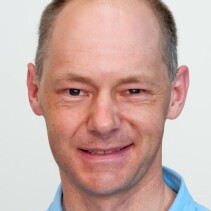
Professor Mark Waterland
Associate Investigator
- Phone:
- +64 6 356 9099, ext. 84644
Address:
Institute of Fundamental Sciences
Massey University
Private Bag 11 222
Palmerston North 4442
Biography
Professor Mark Waterland has been on the academic staff in the Institute of Fundamental Science at Massey University since 2003.
Research interests
My research is driven by an interest in the development and properties of optical materials, both molecular and nanostructured. I have interests in the fundamental properties of optical materials and especially the dynamics and properties of excited-states of molecules and carbon nanostructures. My long term goal is the development of new approaches to energy conversion and storage, new display technologies and optical sensing. Our group has expertise in vibrational spectroscopy and especially Raman spectroscopy of various types.
Graphene Nanoribbons
In collaboration with Prof Vikas Berry at Kansas State University we are using Raman spectroscopy to analyse the structures of graphene nanoribbons produced by mechanical fracturing of graphite blocks (produced using the nanotomy process developed by the Berry group). We are investigating if polarised Raman microscopy can be used to analyse the edge type (zig zag or arm-chair) produced by the mechanical fracturing process. We are interested in using chemical modification of the graphene nanoribbons to control the self-assembly of nanoribbons and molecular materials into functional materials with useful electronic and optical properties. Raman microscopy will be a key technique in the analysis of these self-assembled nanostructures.
Excited-State Dynamics
We use Raman spectroscopy as a probe of both molecular structure and dynamics. Most recently, we have demonstrated, using resonance Raman spectroscopy, that the excited-state dynamics of phenyl-substituted dipyrrin compounds are controlled by the free rotation of the phenyl substituent. We have also demonstrated that the Raman cross-sections of dipyrrins are amongst the strongest known, making dipyrrins, with their distinct lack of fluorescence ideal candidates as Raman probes.
We have examined the femtosecond (fs) dynamics of Cu(I) bis-phenanthrolines excited-states using a time-domain wavepacket description of resonance Raman intensities. This work follows a number of detailed ultrafast dynamical studies using fluorescence techniques (Tahara et al).
The resonance Raman studies provide the missing link between the earliest possible dynamics in the excited-state (i.e. dynamics in the Franck-Condon region) and the femtosecond dynamics probed by ultrafast techniques. Resonance Raman analysis shows that ligand reorganization occurs directly following photoexcitation, which suggests that ligand reorganization must occur either before or at least simultaneously with the well-documented dynamics associated with the change in geometry around the copper metal centre.
We have also used Raman spectroscopy to investigate the structure of room temperature ionic liquids. Ionic liquids have many interesting properties and they have improved the efficiencies of dye-sensitized solar cells. We are interested in the fundamental properties of RTILs as solvents and how they relax around molecular excited-states. We are currently using resonance Raman intensity analysis to develop a semi-quantitative scale of solvent reorganization energies for RTILs analogous to scales of polarity as developed by Reichardt and others.
My long term goal is the development of new approaches to energy conversion and storage, new display technologies and optical sensing.
Professor Mark Waterland
In the news

Annual Report
Funding successes - Annual Report 2022
April 19, 2023
Funding successes for our investigators and their research programmes during 2022. This funding enables our researchers and collaborators to continue their breakthrough research in advanced materials and nanotechnology.
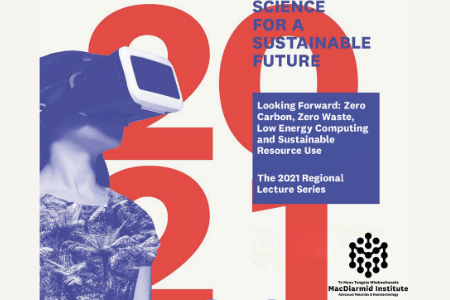
Annual Report
Science for a sustainable future
May 27, 2022
The 2021 Regional Lecture Series was able to go ahead in-person this year, with the theme of Science for a Sustainable Future.
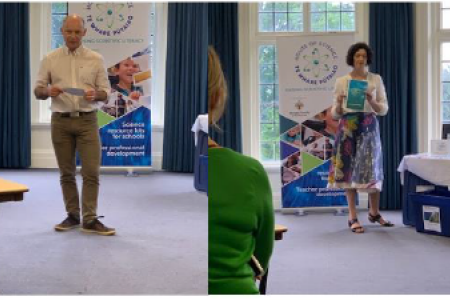
Annual Report
Sponsoring our first House of Science branch
May 27, 2022
We continue our long-time sponsorship of the House of Science. This time we have sponsored the House of Science Horowhenua Branch.
Read more about Sponsoring our first House of Science branch
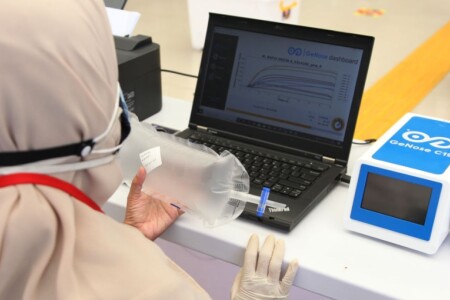
In The Media
How electronic noses could help us sniff our way out of the Covid crisis
September 27, 2021
Scientists may have found a way to smell Covid-19 in addition to current tests, and a cough or sneeze.
Read more about How electronic noses could help us sniff our way out of the Covid crisis
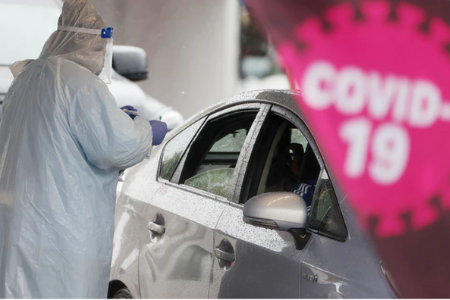
In The Media
Canterbury University working on Covid-19 breath test to replace invasive nose swab
February 26, 2021
Study led by University of Canterbury researchers has shown a breath test may be able to detect Covid-19.
Read more about Canterbury University working on Covid-19 breath test to replace invasive nose swab

Annual Report
Funding successes - Annual Report 2019
May 26, 2020
Funding successes for our investigators and their research programmes during 2019. This funding enables our researchers and collaborators to continue their breakthrough research in advanced materials and nanotechnology.
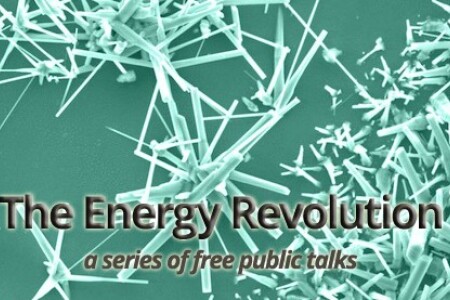
Interface Magazine
Public Lecture Series: The Energy Revolution
July 10, 2015
The age of fossil fuels is coming to an end and global warming from their burning is undeniable - but when will tomorrow begin? Will there be a long transition period, with a mish-mash of renewables while we learn to harness the sun’s energy efficiently, as plants have been doing for 3.5 billion years? Is there even enough sunlight striking the Earth to supply the increasing energy demands of 6-9 billion humans?
Read more about Public Lecture Series: The Energy Revolution
Events
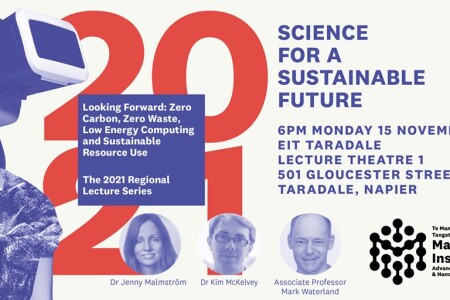
Science for a Sustainable Future - Napier (15 November)
November 4, 2021
Dr Jenny Malmström, Assoc Prof Mark Waterland and Dr Kim McKelvey talk about the new research programmes, our Institute, and what the start of the new contract means for us.
Read more Science for a Sustainable Future - Napier (15 November)


